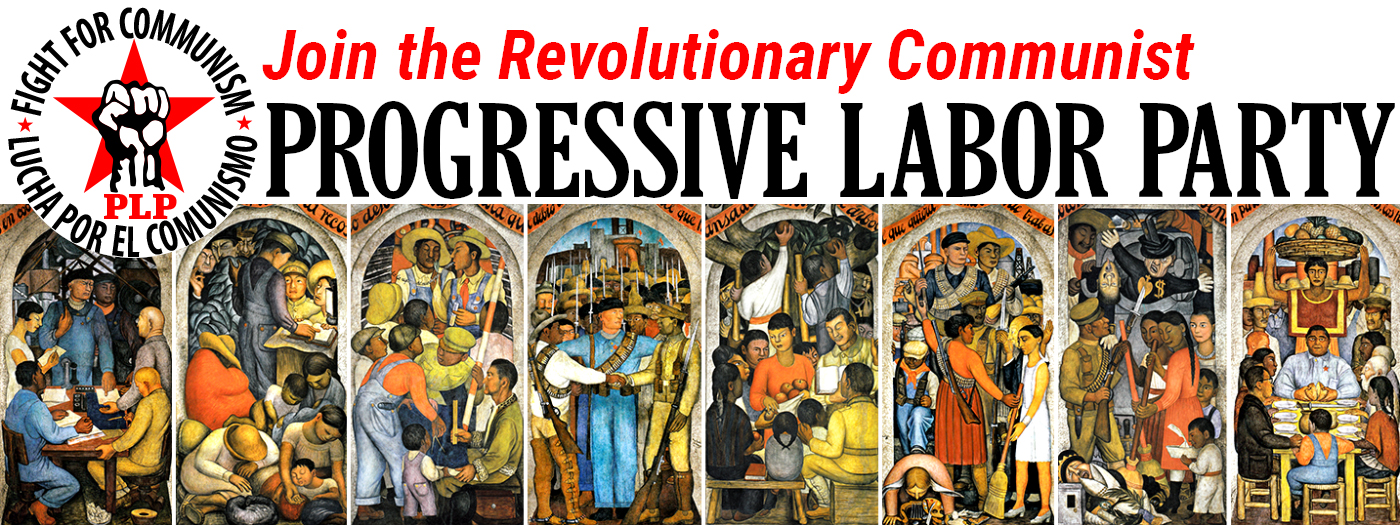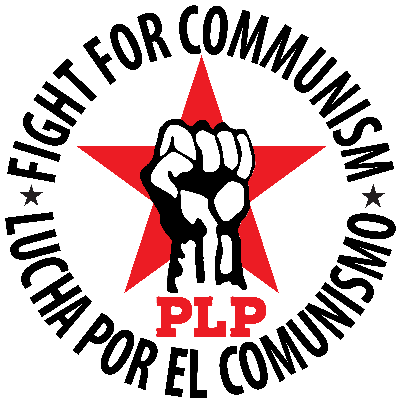This past October marked the 88th anniversary of the Battle of Cable Street in London’s East End. In 1936, under communist leadership, British and immigrant workers broke through the police lines that protected the fascists, effectively thwarting their attempt to march and organize in working-class neighborhoods. In 2024, this history remains more relevant than ever.
Once again, fascism is on the rise, marked by a surge of racist and sexist attacks on the working class, imperialist wars, genocide, anti-Muslim attacks, scapegoating of migrant workers, and the resurgence of open fascist movements with their leaders seizing power in governments across the U.S. and the EU.
This summer, in the UK, fascism reared its ugly head as fascist groups such as the English Defense League, led by anti-migrant thug Tommy Robinson, and neo-Nazi elements, organized a racist rampage where they burned attacked migrants and Muslim workers. Fortunately, these racists were confronted by hundreds of multiracial, antifascist workers in a battle that lasted six days. Antiracist and antifascist workers and organizers linked arms to protect migrant shelters and fought back against the fascists.
Just a few days ago, a group of fascists took to the streets again to hold a rally in support of their imprisoned co-conspirators.
Once more, antiracist, antifascist workers rose up to make it clear that fascism and racism are unwelcome. The only way that workers can defeat the fascist onslaught is by rebuilding the communist movement everywhere—the only movement with a proven record of stopping fascism dead in its tracks—and smashing capitalism once and for all with communist revolution.
Red-led organizing prepares the battle ground against fascists
The constant communist-led, antifascist organizing over many years led to the understanding and empowerment of the working class. This battle also shows that the working class should never give in to nationalist leaders. Both Jewish and Irish community and religious leaders tried to convince the masses not to fight the fascists, fearful of “causing more problems.”
For 300 years, the East End of London had been the home of poor working class immigrants. In 1936 the area’s population was largely Polish and Russian Jewish, Irish Catholics and non-immigrant English workers.
In the midst of a severe depression, Sir Oswald Moseley’s Blackshirts movement (BUF, British Union of Fascists) was growing among the unemployed, white-collar workers and small businessmen. Moseley sent committed fascists into the East End to beat up and terrorize Jewish-made scapegoats for the economic crisis. On the streets, fascists would scream “kill the k….” (racist insult against Jews)
Ruling class funds the fascists
Many of Britain’s upper and ruling class funded the BUF. Some of Britain’s big newspapers, such as the Daily Mail, Evening News and Sunday Dispatch, promoted the BUF. The recently crowned King Edward VIII had wealthy fascist friends in Britain, France and Germany. The police often turned a blind eye to the fascists’ beatings of Jewish workers.
Moseley decided to show his strength by marching 10,000 uniformed Blackshirts and thousands of supporters directly through the Jewish/Irish neighborhood. The police commissioner Sir Philip Game ordered his cops to support the march.
On October 4, 10,000 cops were assigned to protect Mosley’s fascists. The official Jewish “leadership” advised Jewish workers to stay indoors and not show aggressiveness towards the cops.
But up to 500,000 people from the East End and other parts of London came out to stop the fascist march. Communists and trade unionists, many themselves Jewish, led the attack on the fascists in the streets. At Cable Street, the police, armed with nightsticks, attacked, while mounted police charged the crowd. Horses stumbled because children were hurling marbles under their hoofs and bursting bags of pepper under their noses. Women threw the contents of chamber pots from windows.
The fascists screamed derogatory names for Jewish workers. But the people chanted, “They will not pass!”
Jewish, Irish dockworkers unite
The masses erected barricades. A truck was turned on its side to block the street; old mattresses, bricks and pushcarts were thrown on top. An Irish antifascist bus driver drove his double-decker bus across the road, forming a barricade between the police and the antifascists.
The army of fascists demanded the police escort them through the masses of workers. At Cable Street, the massive wall of workers held their ground and only backed off to pick up bricks or bottles to throw at the cops and fascists.
The fascists were under a constant hail of bricks, bottles and stones. Despite arresting over 100 anti-fascist fighters, still the police could not move the masses as they held the cops in a vise grip.
Eventually, the Police Commissioner canceled the BUF’s march. But now the police had to save them from being killed by the crowd. They attempted to escape. But the antifascists, waiting for them, shouted, “Get them!” and crashed through the police lines. They then chased the fascists out of London’s East End.
For days, people celebrated throughout London. The fascists continued to try to organize, but it was clear that workers wouldn’t be easily won to fascism.
Dare to struggle — Dare to win!

